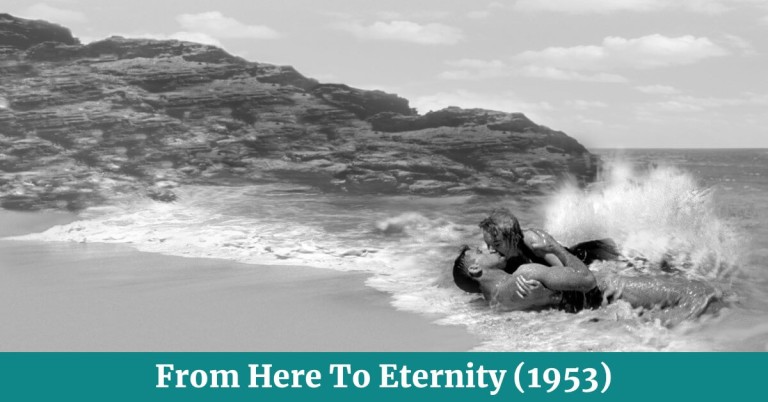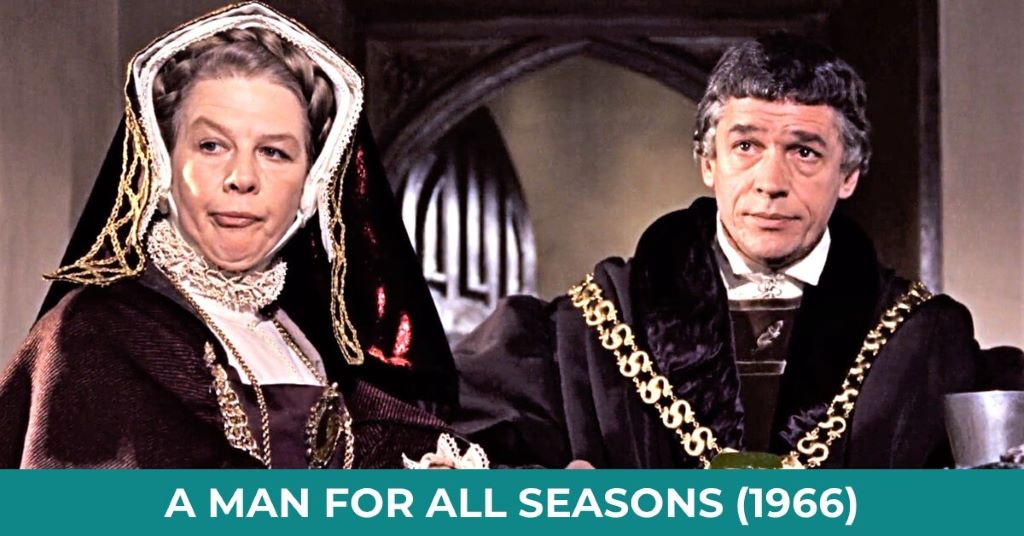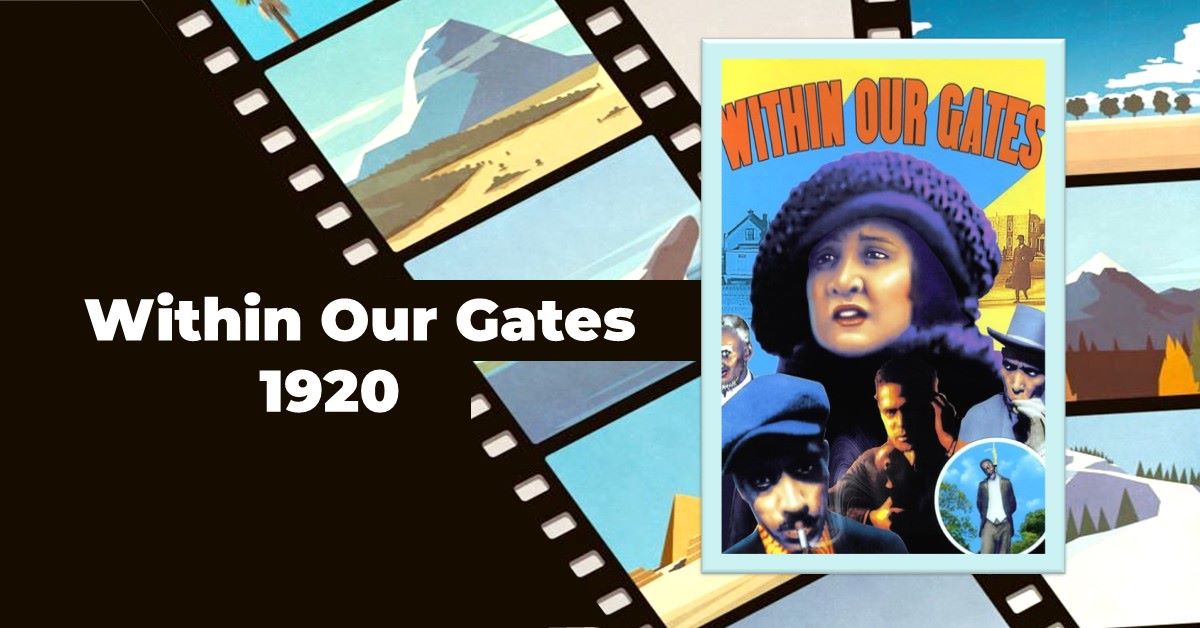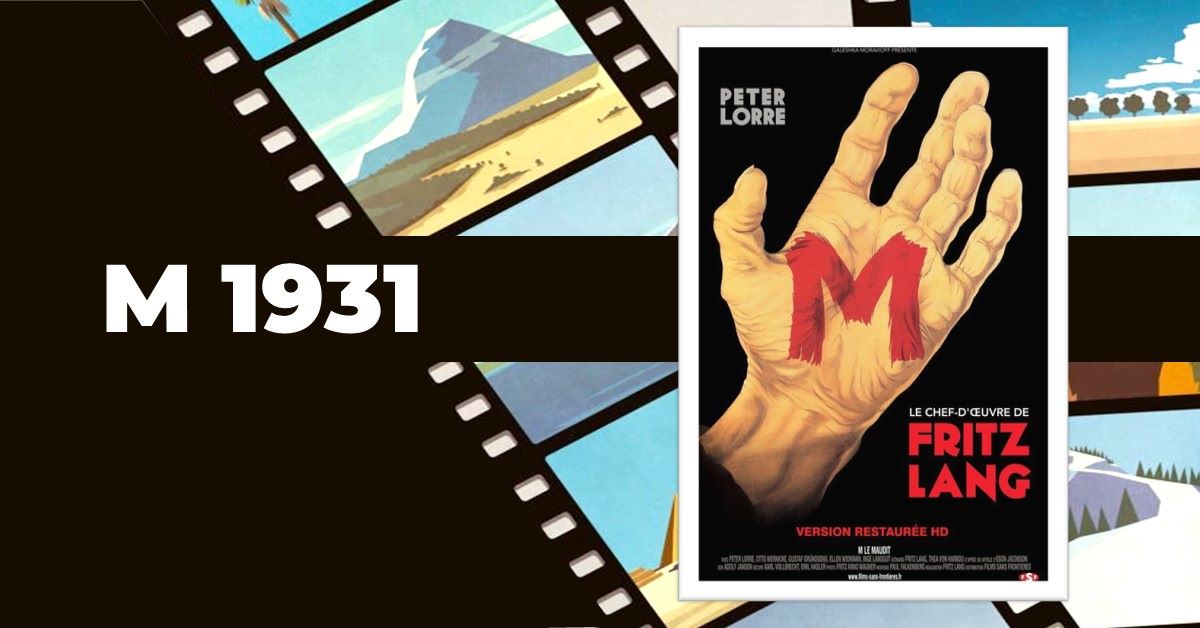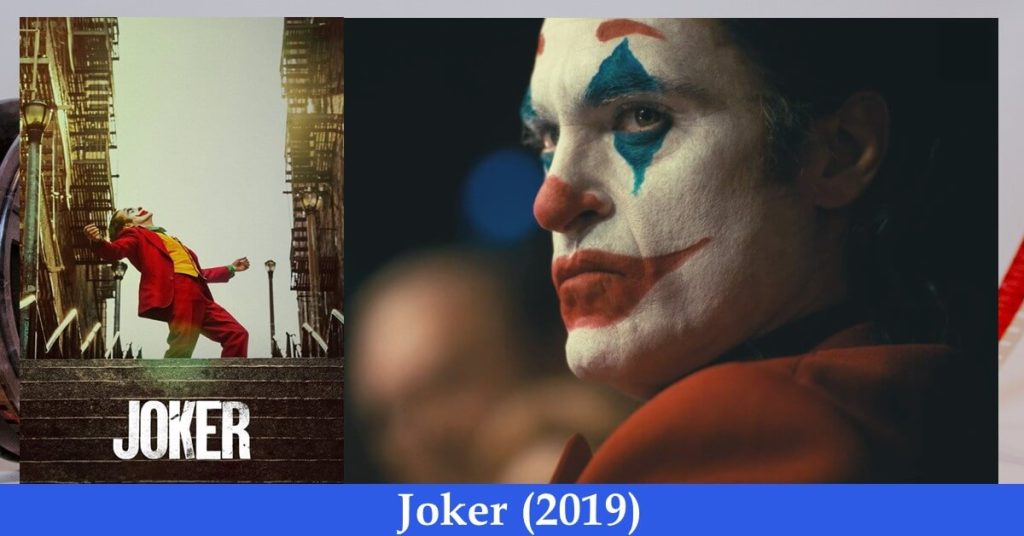From Here to Eternity (1953), is a cinematic masterpiece that transcends generations. It is a gripping tale of love and loyalty set against the backdrop of World War II. The film explores the complexities of human relationships and the enduring power of romance in this iconic film which is a magic of Hollywood’s golden era.
Introduction
From Here to Eternity, directed by Fred Zinnemann, is a classic film that has stood the test of time, continuing to captivate audiences even decades after its initial release. Based on James Jones’ novel of the same name, the movie boasts a star-studded cast and a gripping narrative set against the backdrop of the pre-World War II Hawaiian Islands.
From Here to Eternity is one of the 101 best films I have been reviewing. 52nd film 100 of America’s Greatest Movies according to American Film Institute.
Summary: From Here to Eternity
The film revolves around the lives of several soldiers stationed at the Schofield Barracks in Hawaii in the months leading up to the attack on Pearl Harbor. At its core, it’s a story of love, betrayal, and the struggle for redemption.
The central characters include Sergeant Milt Warden (Burt Lancaster), Private Robert E. Lee Prewitt (Montgomery Clift), and their romantic interests, Karen Holmes (Deborah Kerr) and Lorene (Donna Reed). Against the looming threat of war, the characters’ destinies become inexorably intertwined.
At its core, the film tells a story of forbidden love. Private Robert E. Lee Prewitt (played by Montgomery Clift) is a talented bugler who refuses to join the regimental boxing team, a decision that makes him a target for bullying.
Prewitt finds solace in his relationship with Lorene (portrayed by Donna Reed), a hostess at a local nightclub. Their love blossoms against the backdrop of the impending war, showcasing the human capacity for connection even in the darkest of times.
Analysis of Cinematic Elements
From Here to Eternity excels in its use of black-and-white cinematography, which enhances the film’s moody and atmospheric tone. The film’s iconic scene of a passionate kiss on the beach, with waves crashing over the characters, remains etched in cinematic history. The cinematography, coupled with the evocative score, immerses the audience in the characters’ emotional struggles.
Character Development
The film’s strength lies in its well-drawn characters, each grappling with personal demons and societal pressures. Montgomery Clift’s portrayal of the stubborn yet honourable Prewitt is particularly compelling, as he navigates the harsh military culture.
Burt Lancaster’s nuanced performance as Sergeant Warden adds depth to the character’s inner conflict, torn between duty and desire. The female characters, Karen and Lorene, also undergo significant development as they seek love and redemption.
Themes and Messages
From Here to Eternity explores themes of love, sacrifice, and the corrosive effects of societal expectations. It highlights the dehumanizing aspects of military life and the resilience of the human spirit in the face of adversity. The film’s title itself suggests a timeless yearning for something beyond the constraints of time and circumstance.
The movie is set in the days leading up to the Japanese attack on Pearl Harbor and primarily takes place at a U.S. Army base in Hawaii. While it may seem like a film primarily about war and military life, there are several life applications and lessons that can be drawn from it:
Standing Up for What’s Right: One of the central themes of the film is the importance of standing up for what you believe is right, even in the face of adversity. Sergeant Warden, played by Burt Lancaster, is a prime example of this as he pursues a romantic relationship with his superior officer’s wife, knowing the risks involved.
Friendship and Loyalty: The film explores the bonds of friendship and loyalty that develop among the soldiers stationed at the base. Their camaraderie and support for one another during challenging times highlight the importance of strong relationships in life.
The Consequences of Infidelity: The consequences of engaging in an extramarital affair are a prominent aspect of the film. The characters’ decisions lead to significant personal and professional repercussions, underscoring the importance of ethical behaviour and the potential fallout of poor choices.
Challenging Authority: The film raises questions about challenging authority when it is unjust or oppressive. It encourages viewers to think critically about following orders blindly and to consider the ethical implications of their actions.
Humanizing Soldiers: From Here to Eternity humanizes soldiers by depicting their personal struggles, desires, and vulnerabilities. It reminds us that even those in uniform have complex lives and emotions, and that we should empathize with their experiences.
Fate and Timing: The film’s backdrop of impending war and the attack on Pearl Harbor highlights the unpredictability of life and the importance of making the most of the time we have. It serves as a reminder to appreciate the present and not take it for granted.
Forgiveness and Redemption: Some characters in the film make mistakes but are given opportunities for redemption. This theme underscores the capacity for forgiveness and personal growth, even in challenging circumstances.
Sacrifice: The film showcases the sacrifices made by military personnel and their families, emphasizing the selflessness required in service to one’s country.
Direction and Filmmaking
Fred Zinnemann’s direction is masterful, balancing the intimate character-driven moments with the impending sense of doom as the war draws nearer. His ability to elicit powerful performances from the cast is a testament to his skill as a filmmaker. The film’s realistic depiction of military life and relationships adds authenticity to the narrative.
Pacing and Narrative Structure
The film’s pacing is deliberate, allowing the audience to immerse themselves in the characters’ lives and dilemmas. The use of flashbacks and multiple storylines effectively builds tension, culminating in a dramatic climax that leaves a lasting impact.
Social and Cultural Context
Released in 1953, From Here to Eternity reflects the social and cultural dynamics of its time, including the post-World War II era’s anxiety about the possibility of another global conflict. It also addresses issues of class, race, and gender in the military, which were relevant topics during the period.
Personal Opinion
From Here to Eternity remains a timeless classic for good reason. Its compelling characters, expertly crafted narrative, and evocative cinematography make it a must-watch for cinephiles and anyone interested in exploring the complexities of human relationships. This film’s enduring relevance speaks to its status as a cinematic masterpiece.
I like the way Private Robert E. Lee Prewitt did not let him be used by his superiors. He upheld the principle he thought to be right for which he did not have any regret.
Another fact is that Lorene tried to find solace by being in love with Sergeant Milt Warden as she was unable to bear any children and her husband was having extramarital affairs.
The Historical Significance
From Here to Eternity is not only a cinematic gem but also a window into the social and cultural context of its time. Released just a decade after World War II, the film reflects the nation’s collective memory of the war’s aftermath and the sacrifices made by the soldiers and their loved ones. It provides a glimpse into the challenges and moral dilemmas faced by those serving in the military during that era.
The Awards and Accolades
This cinematic masterpiece garnered widespread acclaim and recognition during its time. It received 13 Academy Award nominations, ultimately winning eight Oscars, including Best Picture, Best Director (Fred Zinnemann), and Best Supporting Actor (Frank Sinatra).
Conclusion
In the pantheon of great films, From Here to Eternity stands tall as a timeless masterpiece. Its rich narrative, unforgettable characters, and historical significance ensure its place in cinematic history. As we pay homage to this cinematic gem, it is clear that its legacy will continue to shine brightly for generations to come.
Citation: From Here to Eternity (1953), directed by Fred Zinnemann, is based on the novel by James Jones.
From Here to Eternity 1953

8
